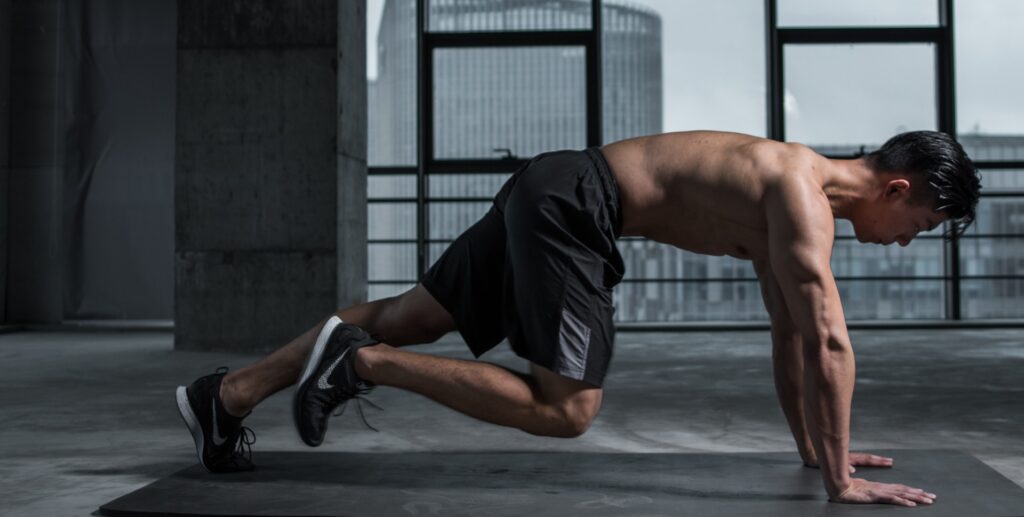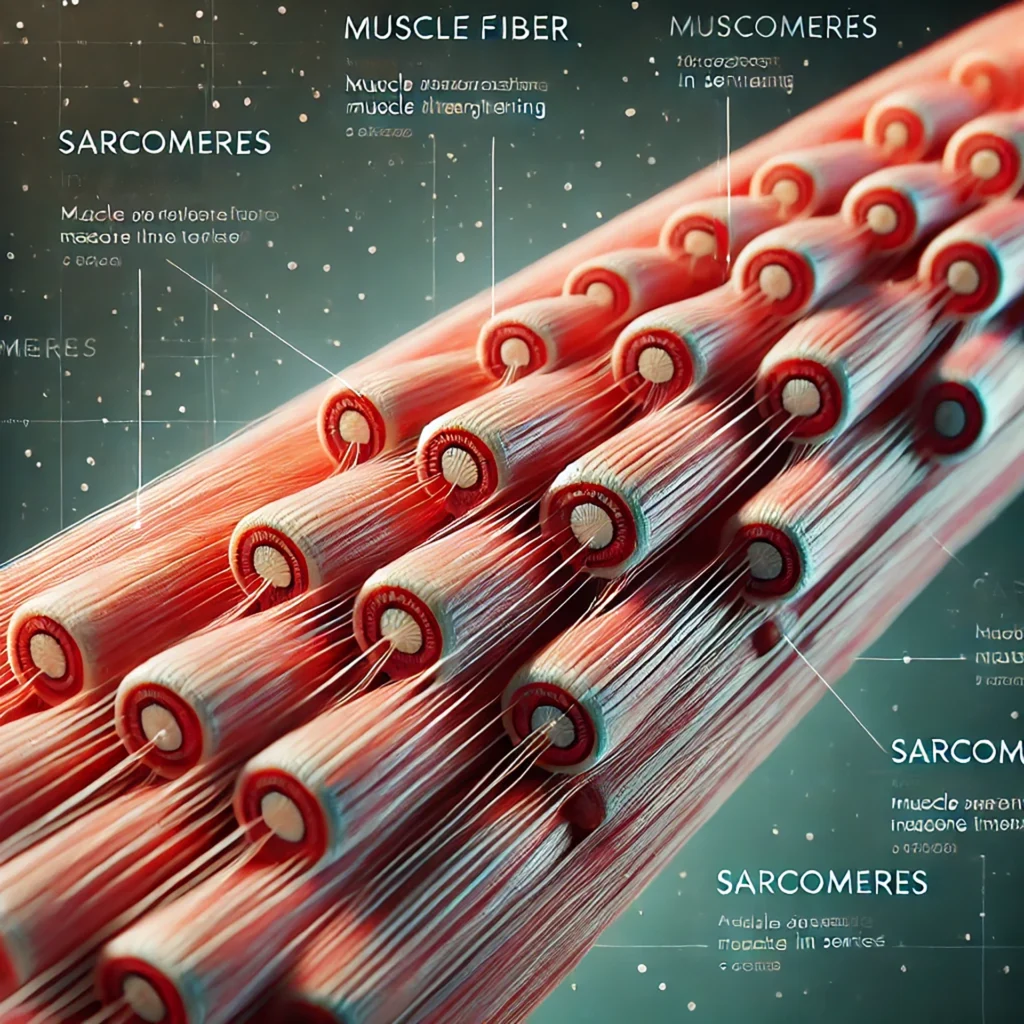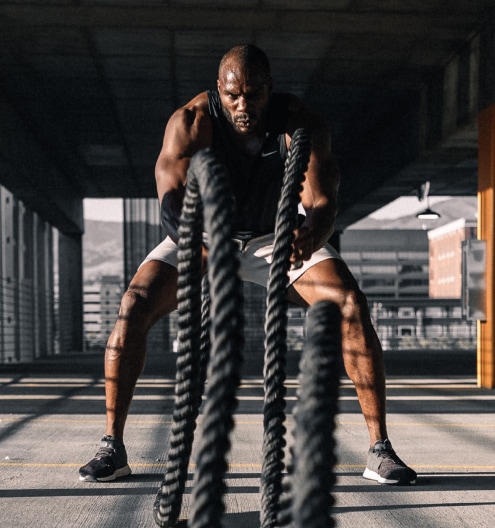Can Stretch-Mediated Hypertrophy Benefit Experienced Lifters?
TLDR: Training at long muscle length have been proven to increase hypertrophy, especially in untrained or new lifters. intermediate or advanced lifter experience greater muscle growth as well, but to a lesser extent, as you would likely expect. Although, if as an intermediate or advanced lifter, you usually train with shorter muscle length, you may experience a significant increase in growth from the novel stimulus of switching up your training style.
Although I would highly recommend sticking to this style of training for the fact that it lowers your risk of injury, due to the decrease in weight that you would be using, and also will likely increae your level of flexibility due to the increase in training in more elomngated positions.
You’ve probably heard the term stretch-mediated hypertrophy (SMH) circulating in the fitness world, and with good reason. SMH refers to the additional muscle growth that can occur when muscles are trained at longer lengths—think deep squats or resistance stretching exercises. For many fitness enthusiasts, SMH represents a new frontier in muscle development. Some studies suggest that training in a stretched position could be a game-changer for gains, while others question its actual impact, particularly on those who are already well-trained. So, what exactly is SMH, and does it really matter for lifters who have already built significant muscle?
What’s the Deal with SMH?
At its core, SMH proposes that training muscles in a stretched position might stimulate more muscle growth than training at shorter lengths. The idea is that by working the muscle at its longest possible range, you might be maximizing its growth potential. Sounds promising, right? However, there is significant debate around how and why this process works. One prevalent theory is that stretching a muscle under load might lead it to add sarcomeres (the fundamental building blocks of muscle) in sequence, thus lengthening the muscle. This additional length could theoretically contribute to gains in size, but not necessarily to increases in thickness or bulk.
Stretching Adds Sarcomeres
The first hypothesis surrounding SMH is that stretching muscles during training adds sarcomeres in series, increasing the muscle’s length. Though no human study has definitively proven this effect, it is a common belief in the fitness and physiology communities. Some animal studies support this hypothesis, but human research is limited. Interestingly, some researchers suggest that instead of creating new sarcomeres, existing ones are simply stretched out. Either way, this elongation still leads to a longer muscle. While this might sound like a great approach to add size, lengthening alone may not contribute directly to the bulky muscle most lifters aim for.
SMH Only Lengthens Muscles
Now, let’s dig deeper. For years, we’ve known that most muscle growth, also called hypertrophy, is driven by thickeningof muscle fibers rather than just lengthening. This thickening is often what gives the muscles a larger, fuller appearance. Yet, some animal studies suggest that passive stretching (stretching without resistance) can lead to notable muscle gains. So, if SMH does indeed only lengthen the muscle, then how do we explain cases where stretching exercises have increased both muscle strength and size, even when they involve shorter muscle lengths? The answer may lie in how stretched-position training affects muscle recruitment and how it builds overall resilience in the muscle fiber.
Increased Thickness is Really Lengthening
Another hypothesis that complicates the discussion of SMH is that when studies show an increase in cross-sectional area (CSA) and muscle thickness, these gains could result from the muscle lengthening rather than from genuine thickening. If muscles truly only lengthened during SMH, we would expect thickness to remain fairly stable. But what’s fascinating is that many studies show gains in both length and thickness after stretch-focused training, suggesting there might be more at play. This area of debate makes it hard to draw a clear line between gains made from lengthening versus true thickening. Some researchers argue that as the muscle becomes longer, it may develop a small degree of additional thickness to maintain balance.
Muscle Lengthening Has Its Limits
It’s essential to consider that muscle length can only increase to a certain extent—after all, it is bounded by the joints. However, even highly trained athletes who have been lifting for years can experience muscle lengthening after engaging in long, consistent training cycles focused on stretching. So, even if SMH is primarily about muscle lengthening, it may still offer value as a strategy for maximizing overall gains. For lifters looking for every edge, this could be an interesting approach to explore, especially when trying to break past a plateau.

Practical Applications of SMH in Training
For trained lifters, adding SMH into a routine may not be as simple as it sounds. SMH-focused training often involves exercises that take muscles into a stretched position—movements like deep squats, Romanian deadlifts, and lunges. These exercises don’t just stretch the muscle; they also allow it to work against resistance in that stretched state, which may help drive growth. So, if you’re thinking of incorporating SMH into your routine, consider focusing on these movements to see if they can push you toward new gains. Be mindful, though: training in extreme stretched positions does increase the risk of injury, so make sure to prioritize proper form and, if possible, seek professional guidance.
The Bottom Line
While the current research supports the idea that training muscles in a stretched position (SMH) can promote size and strength gains, the debate remains about whether this growth comes primarily from muscle thickening or lengthening. However, until more evidence definitively proves that SMH doesn’t work for trained lifters, incorporating it might be worth a shot. By adding deep stretches and lengthened exercises to your routine, you may tap into an additional dimension of muscle growth that traditional lifting might not offer. At the end of the day, if you’re a lifter looking for every advantage, exploring SMH could provide that extra edge you’ve been searching for.
Sources

Achieving Fitness Excellence with Hardcore Senpai: Your Ultimate Guide to Transformative Personal Training

Hardcore Senpai: Transforming Fitness Journeys with Expert Guidance and Exclusive Merchandise

Empower Your Fitness Journey with Hardcore Senpai: Personalized Training and Expert Guidance




